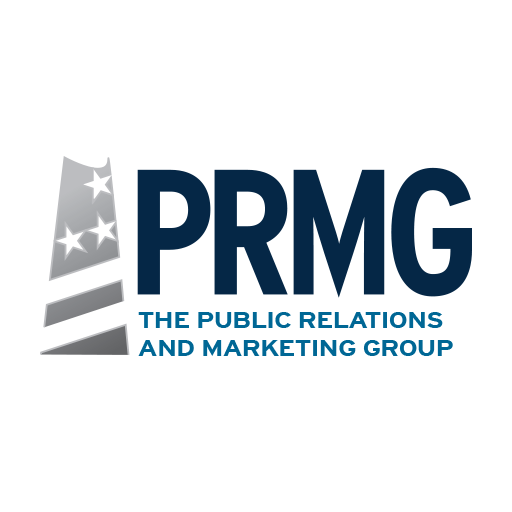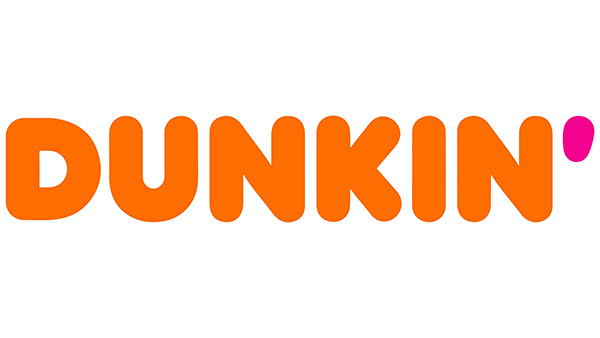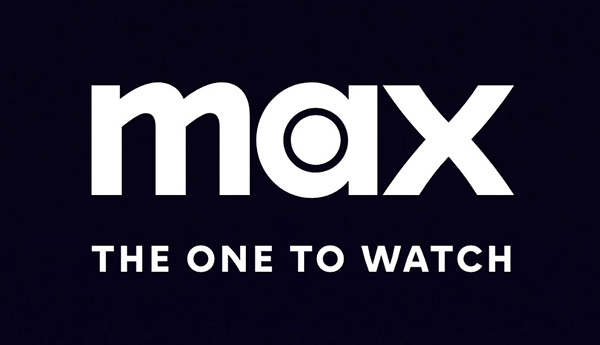Direct Mail Still Crucial Component for Successful Marketing Strategy
Many businesses struggle when it comes to marketing decisions. Whether the brand is just starting out or looking to reinvent itself, business owners may ask themselves which kind of marketing approach will bring a higher return on investment, attract more sales, or gain greater brand exposure. As goals vary, there is no one answer. Businesses may choose between traditional marketing, digital marketing, or a mixture of both strategies.
To explain the terms, here is a summary: advertisements in newspapers, magazines and other publications is one example of traditional marketing. Other examples include direct mailers, fliers, television and radio commercials, and billboards.
Digital marketing, on the other hand, may include developing or updating a website, search engine advertising such as Google Ad Words, social media advertising on Facebook, Twitter, and Instagram, uploading videos to YouTube and other streaming sites, and responding to business and product reviews on sites such as Yelp, TripAdvisor, or Angie’s List (etc).
Deciding which of the above tracks to pursue can be challenging. In recent years, businesses have been increasingly opting for digital marketing. But it’s important not to overlook the benefits of traditional marketing. These include:
-
- Ad-in-hand
Consumers are more likely to open, pay attention to, and remember items they receive in the mail than they are to interact with emails of a similar kind. Having a physical copy of an advertisement, such as a paper menu, coupon book, postcard, or sales flier, leads to increased visibility and a higher likelihood of brand recognition.
- Ad-in-hand
-
- Minimal effort for audience
Physical ads require less cognitive effort to process and are more familiar to most audiences. Traditional marketing is easier to understand and remember; this type of ad involves spatial and emotional processing, so consumers have a greater rate of internalization. According to a study by Canadian neuro-marketing firm TrueImpact, when asked to cite the brand of an advertisement they had just seen, recall was 70 percent higher among participants who were exposed to a direct mail piece than a digital ad.
- Minimal effort for audience
-
- Synergy across platforms
Businesses that use a combination of both traditional and digital marketing benefit from a certain legitimacy. Advertising across various platforms (ie: direct mail, Facebook ad, website, e-blasts, etc.) not only increases brand awareness, but also validates an otherwise unknown brand. - Personalization
Thanks in part to the digital boom, niche targeting and direct mail personalization have become available; it’s easier than ever before to tailor your ads to a specific audience.
- Synergy across platforms
Integrating old-fashioned modes of communication in your business’ marketing plan doesn’t make you old-fashioned; it makes your business more relevant than ever. As consumers become increasingly put off by the overwhelming number of emails and online ads they see every day, direct mail continues to be an important marketing tool, outperforming email marketing by as much as 37 percent, according to recent research by Printing Impressions.
Data-driven, targeted direct mail is a key component of a strong marketing strategy. But that’s not to say it should be the only component. An omnichannel method of approach, one that utilizes the unique benefits of traditional marketing and the convenience and accessibility of digital marketing, will perform best.
To learn more about both traditional and digital marketing, and which strategy will work best for your business, please email us at johnzaher@theprmg.com or call 1-855-776-4123.


